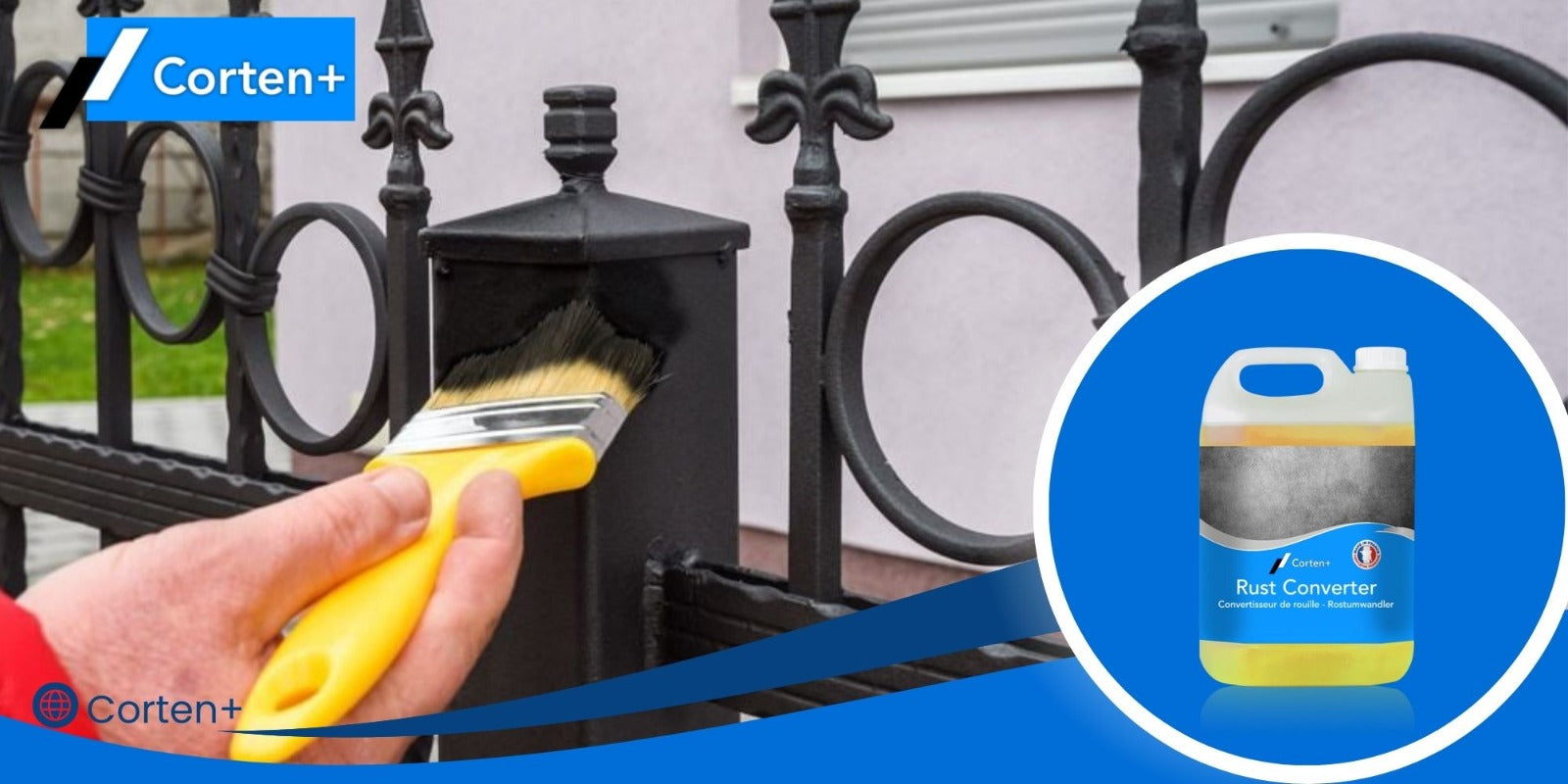Are rust converters effective on all metal surfaces?
Rust converters are chemicals designed to neutralize rust on metal surfaces and prevent further spread. Their effectiveness depends on several factors, including the chemical composition of the rust, the type of metal, and the condition of the surface. In general, rust converters work best on metal surfaces that are lightly rusted or show signs of corrosion. They work by converting rust (iron oxide) into a more stable form, usually a black protective coating or water-soluble substance. However, on heavily rusted or heavily corroded surfaces, the effectiveness of rust converters may be limited. In such cases, it may be necessary to use more advanced surface preparation techniques, such as sanding or grinding, before applying the rust converter. It is also important to follow the manufacturer's instructions and take appropriate precautions when using these products, including wearing personal protective equipment and working in a well-ventilated environment. In summary, although rust converters can be effective on many metal surfaces, their effectiveness can vary depending on different factors, and their use may require adequate surface preparation to achieve the best results.
How to remove rust residue after using a rust converter?

After using a rust converter to treat a metal surface , it is essential to effectively remove rust residue to ensure proper preparation before any other handling or coating, such as painting. To do this, it is recommended to clean the treated surface with water and a wire brush or abrasive cloth to remove any rust converter residue as well as loose rust particles. Be sure to rinse the surface thoroughly to remove any excess product and dry it thoroughly with a clean cloth. In some cases, light sanding may also be necessary to smooth the surface and remove stubborn residue. Once the surface is clean and dry, it is recommended to apply a coat of primer to improve the adhesion of any subsequent coatings, such as paint. By following these steps, you can effectively remove rust residue after using a rust converter, ensuring a properly prepared metal surface for any other application.
Why are rust converters useful for restoring old metals?
Rust converters are valuable in the restoration of antique metals for several reasons. First, they offer an effective solution for treating rust and stopping its progression on old metal surfaces that have been exposed to moisture or other corrosive elements over time. By neutralizing existing rust and forming a protective layer on metal, rust converters help restore the appearance and structural integrity of old metal parts. Additionally, they often avoid more invasive methods of restoration, such as sanding or grinding, which can further damage the metal or alter its original appearance. Finally, by effectively treating rust, rust converters prepare the metal surface for further restoration steps, such as painting or polishing, ensuring a high-quality end result in the old metal restoration process.
